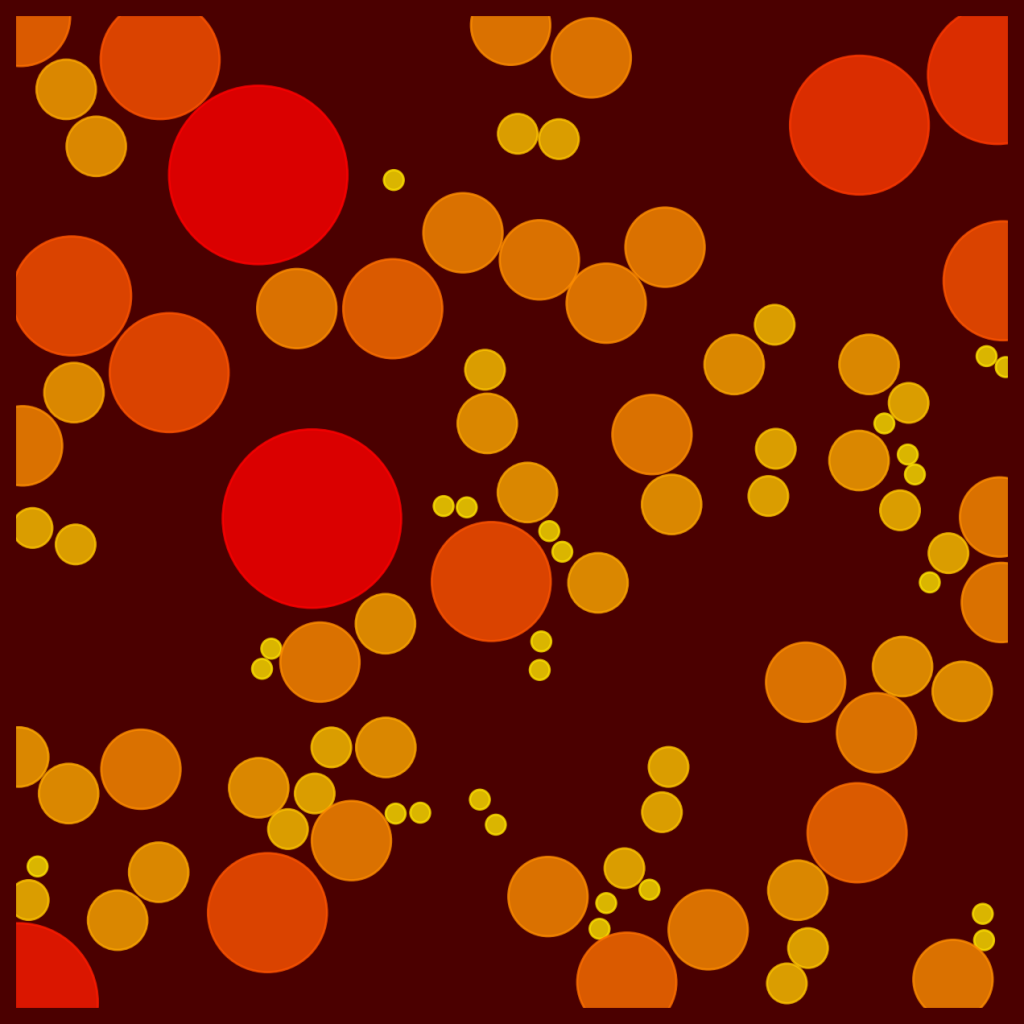
In my research group, we’re deeply engaged in stochastic simulation, which, at its core, is all about generative modeling. We’ve been designing some really exciting, asymptotically optimal algorithms for simulating rare events in both light- and heavy-tailed stochastic systems. These rare events are crucial to understand in fields like finance, telecommunications, and insurance, where the “unlikely” can have huge consequences. Our algorithms are pushing the boundaries in how efficiently and accurately we can simulate these low-probability events.
One of the things I’m particularly proud of is that our group has produced some of the first perfect sampling algorithms for high-dimensional stochastic networks. We’ve done this by applying ideas from coupling from the past, which allows us to generate exact samples without any bias, even in very complex systems with many interdependent components.
On top of that, we’re combining stochastic analysis with cutting-edge algorithmic design to study diffusion-based methods. This includes creating the only algorithm to date for exact sampling of general multidimensional diffusions. What makes this possible is our use of the theory of rough paths, which provides the mathematical foundation to handle these complex, continuous-time processes. Our work here is not just theoretical; it’s unlocking new possibilities in simulation and modeling across a range of applications.

